The coronavirus pandemic has catapulted us into a world of mask wearing, socially distancing and testing, and with vaccinations still in progress throughout the nation, many of these practices are likely to remain for quite some time. As testing for COVID-19 began, PCR testing has been a gold standard among the medical community for detecting the presence of the virus. As the world slowly gets back to business with safety in mind, there are indications that PCR testing may become a way of life for everyday events such as public gatherings, school, and travel.
PCR Testing – The Basics
Polymerase Chain Reaction (PCR) Testing is the primary way of testing for coronavirus throughout much of the nation. Via a swab of a person’s nasal passages or another part of their respiratory tract, this molecular test can detect the presence of the virus.
In the earliest stages of the pandemic, testing was often administered to:
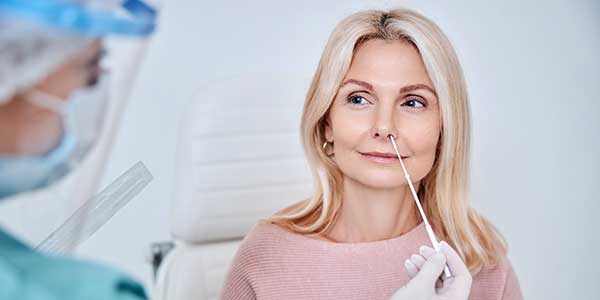
Detect the presence of COVID-19 in an individual having symptoms or a person who had been exposed to the virus
Guide quarantine restrictions for an individual testing positive to keep the virus from spreading
Test for a negative result at the end of a coronavirus case so an individual could safely end their quarantine
While the test is still used for the same purposes over a year into the pandemic, testing is becoming much more widely available to individuals who suspect they may have contracted the virus. To that end some states are now entertaining the idea of making a coronavirus test a requirement for some instances of travel and gatherings.
How PCR Testing Works
The PCR testing procedure itself is rather simple, requiring that a healthcare professional simply get a valid sample of mucous from a patient so that it can be tested for the presence of coronavirus. Despite the ease of the procedure, many individuals are still unclear of how the process works.
Steps for finding and securing PCR testing generally follow the below steps:
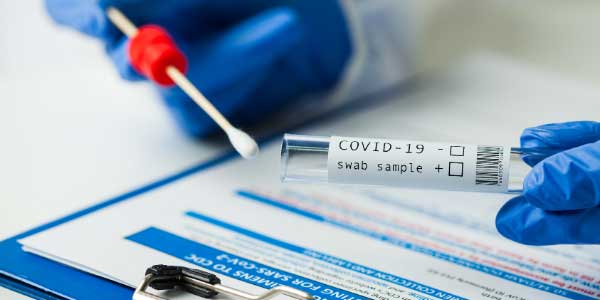
1. Contact a medical professional about the need for a coronavirus test. They will likely quiz the patient about their current symptoms and level of potential exposure to the virus.
2. Await instructions regarding testing. Once a need for the test has been determined, the patient is given instructions regarding when, where, and how their testing will be administered. These are usually very specific instructions that should be followed carefully to ensure safety for all involved parties.
3. Receive the testing. Depending on the place a patient receives testing, some providers will have a designated drive through set up for testing, while others could require them to come inside the facility. A swab of the patient’s mucous will be obtained.
4. Wait for results. Once a PCR test has been conducted, the swab of mucous is exposed to chemicals that assist with testing for the presence of the virus. After the result is determined, the patient is notified of the outcome and given further instructions if receiving a positive result.
A Word About PCR Testing Results
PCR testing yields two types of results:
- Negative. A negative result indicates that coronavirus was not present in the collected sample.
- Positive. A positive result indicates that COVID-19 was detected in the collected sample. Quarantine instructions and contact tracing typically follow a positive test result.
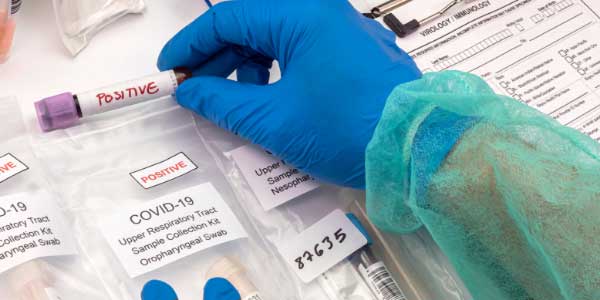
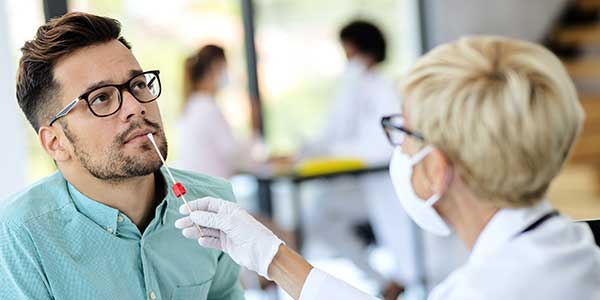
It is worth noting that PCR testing is designed to measure the presence of coronavirus in an individual at the time of testing only. In other words, it cannot effectively measure if the patient has had COVID-19 before, or if they will contract it in the future.
The timing in which PCR testing results come back can vary. There are PCR rapid testing kits which can provide COVID-19 results in as little as fifteen minutes. Those that are not rapid tests may have results that take several hours to days.
Why PCR Tests Are Now Becoming A Way of Life
As the world slowly tries to find its way back to normal, PCR testing is increasingly becoming a way of life for travel, school, group activities and gatherings:
Travel. With various countries experiencing different COVID-19 rates, many are requiring travelers partake in PCR testing before they leave their country of origin and again when they arrive on foreign soil. This is largely done to discourage the further spread of the disease on a global level.
School. In many schools, students that are attending in person and start to feel ill reporting symptoms that could be associated with coronavirus are then required to get a negative PCR test before being allowed to return to school. This is designed to help limit the spread of the virus to the student’s peers and school staff.
Group Activities. Some group activities such as co-ops where people of different regions are coming together to work as a unit for an extended period of time are also beginning to require advance PCR testing as a way of limiting the potential spread of the virus among the group.
Gatherings. As families and friends start to gather together once again, many are choosing to have PCR testing done first out of an abundance of caution.
PCR testing is showing strong signs of being a part of our coronavirus history, as well as a wave of the future. If you have questions about PCR testing, please reach out to your local testing provider today.



